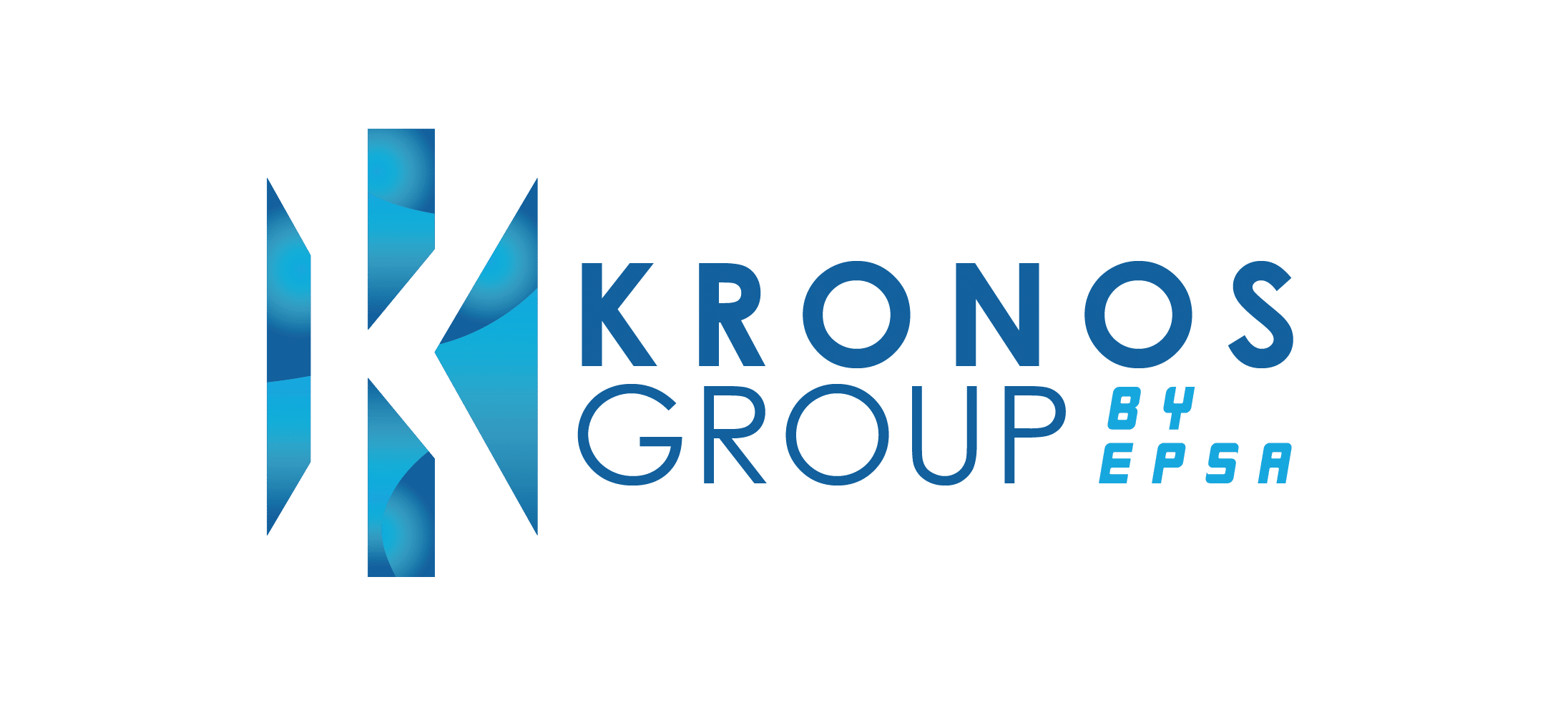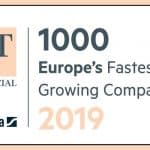How does a procurement management program enable businesses to thrive in volatile and dynamic conditions?

Summary
In today’s fast-paced and uncertain business environment, effective procurement programs are crucial for enabling businesses to thrive amidst volatility and dynamic market conditions. These programs equip organisations with the tools, frameworks, and strategies necessary to respond swiftly and effectively to changing market dynamics.
In this blog, we discuss why it is important to understand the business landscape. Procurement programs facilitate data-driven decision-making by leveraging analytics and market intelligence to provide insights into market trends, supplier performance, and pricing dynamics. This enables businesses to make informed decisions regarding sourcing strategies, pricing negotiations, and supplier selections, allowing them to adapt quickly to market shifts.
We discuss what affects the business landscape today and what the implications of volatility for businesses are. Amidst this turbulence, effective procurement programs emerge as a strategic imperative for businesses seeking resilience and agility.
It is important to learn how businesses can make the best use of procurement management programs to provide the necessary tools and strategies to navigate dynamic market conditions effectively. By leveraging data-driven insights, fostering supplier collaboration, implementing robust risk management practices, and improving procurement processes continuously, organisations can learn how procurement management programs assist businesses in responding swiftly and effectively to changing market dynamics.
In the evolving business environment, volatility and uncertainty have become the new normal. From geopolitical shifts to supply chain disruptions, organisations face a myriad of challenges that can impact their bottom line.
Amidst this turbulence, effective procurement process management programs emerge as a strategic imperative for businesses seeking resilience and agility. In this blog post, we will explore how procurement process management programs enable businesses to thrive in volatile and dynamic conditions, providing a roadmap for success in an unpredictable world.
Why is it important to understand the business landscape?
In today’s interconnected and fast-paced world, businesses operate within a landscape marked by volatility and uncertainty. Several factors contribute to this volatile environment, each presenting unique challenges and opportunities for organisations striving to maintain stability and growth.
Understanding the business landscape is crucial for organisations across industries and sizes, serving as a foundational element for informed decision-making and strategic planning.
One of the primary reasons for its importance lies in the ability to identify opportunities within the market. By comprehensively understanding the landscape, businesses can spot emerging trends, market gaps, and potential areas for growth. This foresight allows organisations to capitalise on opportunities before competitors, giving them a competitive edge in the market.
Equally significant is the role of understanding the business landscape in assessing and mitigating risks. From geopolitical tensions to economic fluctuations and regulatory changes, various factors can pose risks to businesses. However, by being aware of these potential threats and understanding their implications, organisations can develop contingency plans and risk management strategies to minimise negative impacts on operations and profitability.
A deep understanding of the business landscape informs strategic decision-making. By analysing market trends, competitive dynamics, and consumer behaviour, businesses can make informed decisions regarding product development, market expansion, investment priorities, and resource allocation. This strategic foresight allows organisations to align their actions with long-term objectives and navigate market uncertainties effectively.
Remaining competitive in today’s dynamic business environment requires constant adaptation to changes in the landscape. By understanding industry trends, competitive dynamics, and consumer preferences, organisations can identify their strengths and weaknesses relative to competitors. This insight enables businesses to refine their value proposition, differentiate themselves in the market, and maintain their competitive edge.
Understanding the business landscape also facilitates the identification of potential partnerships, collaborations, and stakeholders. Whether forming strategic alliances, entering joint ventures, or establishing supplier relationships, businesses can leverage their knowledge to build mutually beneficial partnerships that drive innovation and growth. Additionally, understanding the landscape helps organisations navigate broader social, political, and environmental contexts, managing their reputation and fostering positive relationships with stakeholders.
Understanding the business landscape is foundational for organisations seeking sustainable growth and success. It enables them to identify opportunities, assess risks, inform strategic decision-making, maintain competitiveness, build partnerships, adapt to change, and manage reputation effectively. By staying vigilant and proactive in monitoring and analysing the business landscape, organisations can position themselves for long-term success in an ever-changing world.
What affects the business landscape today?
Geopolitical tensions
Geopolitical tensions, such as trade disputes, sanctions, and geopolitical conflicts, can have far-reaching implications for businesses operating globally. Uncertainties surrounding trade policies and international relations can disrupt supply chains, increase regulatory risks, and impact market access for businesses. Political instability in key regions may lead to operational disruptions, currency fluctuations, and heightened security concerns, affecting business continuity and profitability.
Economic fluctuations
Economic fluctuations, including recessions, inflation, and currency devaluations, pose significant challenges for businesses across industries. Fluctuating consumer demand and purchasing power can affect sales volumes and revenue streams, requiring businesses to adapt their marketing strategies and product offerings accordingly. Monetary policy changes, such as interest rate adjustments and fiscal stimulus measures, can influence borrowing costs, investment decisions, and overall business performance.
Disruptive technologies
The rapid pace of technological innovation introduces disruptive forces that can reshape industries and business models virtually overnight. Emerging technologies, such as blockchain and the Internet of Things, present both opportunities and threats for businesses. Established companies risk obsolescence if they fail to embrace digital transformation and adapt to changing customer preferences and market dynamics.
What are the implications of volatility for businesses?
Understanding the multifaceted nature of volatility in today’s business landscape is essential for businesses seeking to thrive amidst uncertainty. By acknowledging the interconnectedness of geopolitical tensions, economic fluctuations, and disruptive technologies, businesses can proactively manage risks, capitalise on opportunities, and chart a course for sustainable growth in a volatile world.
Increased supply chain risks
- Volatility in geopolitical and economic conditions can disrupt global supply chains, leading to shortages, delays, and increased costs for businesses
- Reliance on single-source suppliers or limited geographic diversification exposes businesses to heightened supply chain vulnerabilities
Fluctuating demand patterns
- Volatility in consumer behaviour and market demand requires businesses to be agile and responsive to changing trends and preferences
- Fluctuations in demand may necessitate adjustments to production schedules, inventory management, and marketing strategies to avoid excess inventory or stockouts
Pricing uncertainties
- Volatile market conditions can lead to price fluctuations for raw materials, commodities, and currencies, impacting production costs and profit margins
- Businesses must implement robust pricing strategies, hedging mechanisms, and risk management practices to mitigate the impact of price volatility on profitability
When it comes to navigating volatile conditions, adaptability is key to survival and success for businesses. Proactive risk management strategies, including scenario planning, diversification, and contingency planning, enable businesses to anticipate and mitigate potential threats. Embracing agility, innovation, and continuous learning allows businesses to seize opportunities and stay ahead of the curve in an ever-changing landscape.
How can businesses make the best use of procurement programs?
Procurement programs encompass a comprehensive set of strategies, processes, and tools designed to streamline the procurement process, optimise supplier relationships, and mitigate risks while maximising opportunities. These programs are essential for organisations to efficiently acquire goods and services needed for operations, ensuring cost-effectiveness, quality, and compliance with regulations. The significance of procurement programs lies in their ability to mitigate risks, capitalise on opportunities, and enhance overall operational efficiency.
- Strategic sourcing: Strategic sourcing involves the systematic identification, evaluation, and selection of suppliers to optimise costs, quality, and delivery performance. This component of procurement programs focuses on analysing market dynamics, negotiating contracts, and leveraging economies of scale to achieve cost savings and minimise supply chain risks. By strategically sourcing goods and services, organisations can secure reliable suppliers, ensure product quality, and enhance competitiveness in the market.
- Supplier relationship management (SRM): Supplier relationship management is the process of actively managing relationships with suppliers to foster collaboration, innovation, and mutual value creation. This component of procurement programs emphasises building strong partnerships, establishing clear communication channels, and aligning goals and objectives with key suppliers. By cultivating positive relationships with suppliers, organisations can gain access to expertise, drive innovation, and mitigate supply chain disruptions more effectively.
- Risk mitigation strategies: Risk mitigation strategies within procurement programs involve identifying, assessing, and mitigating risks associated with the procurement process and supplier relationships. This includes conducting risk assessments, developing contingency plans, and implementing measures to mitigate risks related to supplier reliability, geopolitical factors, regulatory compliance, and market volatility. By proactively addressing risks, organisations can minimise disruptions, protect against financial losses, and maintain business continuity.
Procurement programs provide businesses with the tools and frameworks necessary to respond swiftly and effectively to changing market dynamics. These programs enable organisations to adapt to evolving market conditions, customer demands, and competitive pressures by fostering agility, flexibility, and innovation.
By implementing robust procurement programs, businesses can optimise their procurement processes, enhance supplier relationships, and mitigate risks, positioning themselves for success in a dynamic and competitive business environment.
How do procurement management programs assist businesses in responding swiftly and effectively to changing market dynamics?
Procurement programs equip businesses with the tools and frameworks necessary to respond swiftly and effectively to changing market dynamics in several ways:
- Data-driven decision-making: These programs leverage data analytics and market intelligence to provide insights into market trends, supplier performance, and pricing dynamics. By analysing relevant data, businesses can make informed decisions regarding sourcing strategies, pricing negotiations, and supplier selections, enabling them to adapt quickly to changing market conditions.
- Agile procurement processes: Procurement programs emphasise agility in procurement processes, allowing businesses to quickly adjust sourcing strategies, reorder points, and inventory levels in response to shifts in demand or supply chain disruptions. Flexible procurement workflows and streamlined approval processes enable rapid decision-making and execution, ensuring timely responses to market changes.
- Supplier collaboration and innovation: These programs foster collaboration and innovation with suppliers, enabling businesses to co-create solutions, develop new products, and adapt existing offerings to meet evolving customer needs. By engaging suppliers as strategic partners, businesses can leverage their expertise, resources, and capabilities to drive innovation and address market demands effectively.
- Risk management and contingency planning: Procurement management programs incorporate robust risk management practices and contingency planning frameworks to mitigate supply chain risks and disruptions. By identifying potential risks and developing contingency plans in advance, businesses can minimise the impact of unforeseen events such as natural disasters, geopolitical tensions, or supplier bankruptcies on their operations.
- Strategic sourcing strategies: These programs employ strategic sourcing strategies such as supplier diversification, dual sourcing, and just-in-time inventory management to enhance supply chain resilience and flexibility. By diversifying their supplier base and establishing alternative sourcing options, businesses can reduce dependency on single suppliers and mitigate risks associated with supply chain disruptions or supplier failures.
- Continuous improvement initiatives: Procurement management programs promote a culture of continuous improvement, encouraging businesses to regularly evaluate and optimise their procurement processes, supplier relationships, and performance metrics. Through periodic reviews, audits, and performance evaluations, businesses can identify areas for improvement and implement corrective actions to enhance efficiency, reduce costs, and increase competitiveness in the market.
Procurement programs provide businesses with the tools, frameworks, and best practices necessary to adapt swiftly and effectively to changing market dynamics. By leveraging data-driven insights, fostering supplier collaboration, implementing robust risk management practices, and continuously improving procurement processes, businesses can enhance their agility, resilience, and competitiveness in an ever-evolving business environment.
In an era defined by volatility and uncertainty, businesses must embrace strategic approaches to procurement management to thrive amidst dynamic conditions. By implementing robust procurement management programs, organisations can build resilience, optimise performance, and unlock new opportunities for growth and innovation. As businesses navigate the complexities of today’s landscape, a proactive and agile approach to procurement management will be essential for sustained success in an unpredictable world.
Make use of a procurement consultant to help navigate through the complexities and challenges
Procurement consultants serve as invaluable partners in helping businesses navigate and adapt to the ever-changing landscape of market dynamics. By leveraging their expertise and knowledge, these consultants provide businesses with the necessary tools and frameworks to respond swiftly and effectively to shifts in the market.
Procurement consulting programs provide businesses with the tools, insights, and frameworks necessary to navigate dynamic market dynamics effectively. By partnering with procurement consultants, businesses can optimise vendor management, measure performance, redefine vendor relationships, and develop agile procurement strategies, positioning themselves for success in an ever-evolving business environment.



